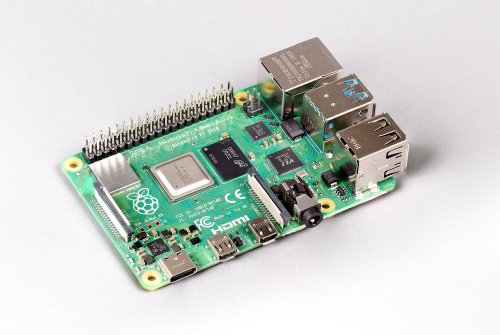Introduction
So I use a MacBook Air for work. Before I got the MacBook Air, I was using a 27” iMac at work. Before that, I had a polycarbonate iMac and before that, I had an HP Windows machine. No matter what device I used, I was always working in a well-made, shielded environment that had little need for me to tinker under the hood.
I am also a fan of minimalist setups and I do not upgrade my devices unless there is a pressing need to upgrade or my device is sorely missing functionality that I need. For example, the only reason why I switched from my Moto G2 to a Moto G3 was because my provider moved to 4G and I had to upgrade my phone to continue using mobile internet.
The challenge
I also love a challenge. A few weeks ago I was having a debate with my friend about what a person like me really needs when it comes to raw computing power. That is when the debate about the MacBook being too powerful for my needs came up.
As for me, I love a good, healthy argument especially when the chances of me winning that argument are high :). I decided to get the cheapest full-featured setup I could find that I could use to work with and prove that for someone with needs as basic as me, even an entry-level ARM-based setup can do as a primary workhorse.

The contenders of the main desktop PC war
Enter Raspberry Pi 4B—the brand swanking new device from the Raspberry Foundation that is touted to be a near-desktop replacement. In their own words, the Raspberry Pi 4 is “Your tiny, dual-display, desktop computer and robot brains, smart home hub, media centre, networked AI core, factory controller, and much more“.
(Quote from the Raspberry Pi 4 product landing page)
My friend laughed at my choice and asked me to buy a second-hand or an older generation x86 (Intel i3 or i5) desktop machine instead and said that using the Pi would be frustrating. Boy! Was he wrong 🙂
This series of articles discusses my experience with the ARM-based Raspberry Pi 4B, 8GB and how I used the device as my primary desktop machine. The next article sheds some more light on the Raspberry Pi.


Recent Comments